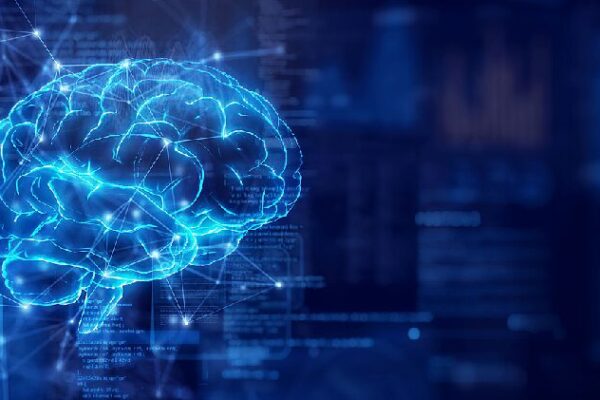Artificial Intelligence (AI) isn’t just a sci-fi dream—it’s shaping the world around us. From unlocking your phone with facial recognition to getting movie recommendations, AI is everywhere. But what do all these buzzwords really mean? Let’s break them down.
Artificial Intelligence (AI): The Big Picture
AI is the science of making machines think like humans. It’s about creating computer systems that can solve problems, learn from experiences, and make decisions. Whether it’s a chatbot answering customer queries or an app translating languages, AI is the brain behind these smart technologies.
Machine Learning (ML): Learning from Data
Think of Machine Learning as a subset of AI. ML algorithms allow computers to learn from data without being explicitly programmed. For example, when a music app suggests songs you might like, it’s using ML to analyze your listening habits and predict your preferences.
Models: The Recipes for AI
An AI model is like a recipe that the computer follows to perform tasks. It processes data and applies rules to make predictions or decisions. These models are trained using vast amounts of data to recognize patterns and solve problems.
Reinforcement Learning: Learning by Doing
Reinforcement Learning is a type of ML where AI learns through trial and error. It’s like training a pet with rewards and punishments. This approach helps AI systems improve over time, mastering complex tasks like playing video games or navigating self-driving cars.
Natural Language Processing (NLP): Talking to Machines
NLP enables computers to understand and interpret human language. When you use voice assistants like Siri or Google Assistant, NLP is at work. It’s also behind language translation apps and tools that predict what you’re typing next.
Generative AI: The Creative Side of AI
Generative AI can create new content—like art, music, or even entire essays. Tools like DALL·E generate images from text descriptions, while language models can write stories or code. It’s like having a digital artist or writer at your fingertips.
Artificial General Intelligence (AGI): The Future Frontier
AGI refers to AI systems that possess the ability to understand, learn, and apply knowledge in a way that’s indistinguishable from a human. While we’re not there yet, AGI represents the goal of creating machines that can perform any intellectual task a human can.
Edge AI vs. Cloud AI: Where AI Lives
Edge AI processes data locally on devices like smartphones or cameras. This means faster responses and better privacy since data isn’t sent over the internet. Cloud AI, on the other hand, uses powerful remote servers to handle complex tasks, providing more computational strength but relying on internet connectivity.
Explainability: Understanding AI Decisions
As AI becomes more involved in critical decisions—like who gets a loan or a job—it’s important to understand why it makes certain choices. Explainable AI aims to make the decision-making process transparent, building trust between humans and machines.
Bias and Fairness: Ethical AI Matters
AI systems can unintentionally adopt biases present in their training data. This can lead to unfair outcomes, such as favoring one group of people over another. Addressing bias ensures AI technologies are fair and inclusive for everyone.
AI Governance: Guiding Principles
With AI’s rapid growth come concerns about privacy, security, and ethics. AI governance involves creating guidelines and policies to ensure AI is developed responsibly. Initiatives like China’s Global AI Governance Initiative focus on promoting AI that benefits all of humanity, emphasizing human control and equal access.
Understanding these terms is the first step in navigating a world increasingly influenced by AI. As the technology evolves, staying informed empowers you to be part of the conversation shaping our future.
Reference(s):
Demystifying AI jargon: Understanding the language of the future
cgtn.com








